Home / Albums / Technology / Astronomy 43

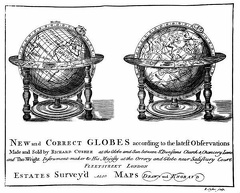 New and Correct Globes
New and Correct Globes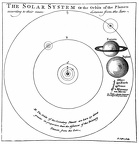 The Solar System, or the orbits of the planets
The Solar System, or the orbits of the planets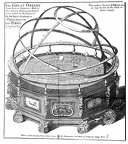 The Great Orrery
The Great Orrery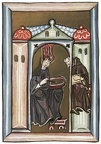 Hildegard receiving the light from Heaven
Hildegard receiving the light from Heaven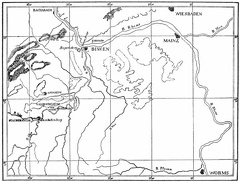 The Hildegard Country
The Hildegard Country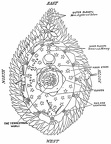 Hildegard’s first scheme of the universe
Hildegard’s first scheme of the universe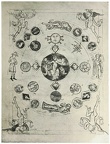 The universe
The universe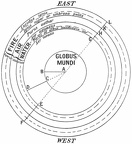 Hildegard’s second scheme of the universe
Hildegard’s second scheme of the universe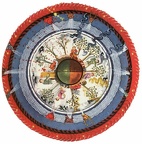 Celestial influences on men animals and plants
Celestial influences on men animals and plants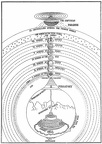 Dante’s scheme of the universe
Dante’s scheme of the universe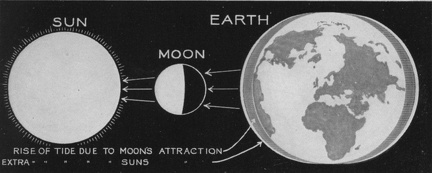 The Cause of Tides
The Cause of Tides The Planets, Showing their Relative Distances and Dimensions
The Planets, Showing their Relative Distances and Dimensions The comparative sizes of the sun and the planets
The comparative sizes of the sun and the planets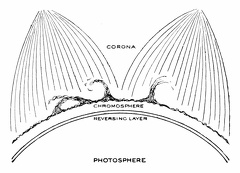 Diagram Showing the Main Layers of the Sun
Diagram Showing the Main Layers of the Sun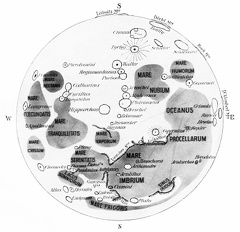 A Map of the Chief Plains and Craters of the Moon
A Map of the Chief Plains and Craters of the Moon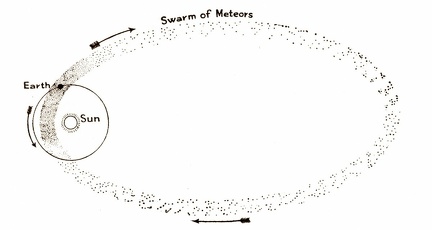 A Diagram of a Stream of Meteors Showing the Earth Passing Through Them
A Diagram of a Stream of Meteors Showing the Earth Passing Through Them Zenith Telescope
Zenith Telescope Altazimuth Theodolite
Altazimuth Theodolite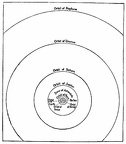 The Copernican theory of the Solar System
The Copernican theory of the Solar System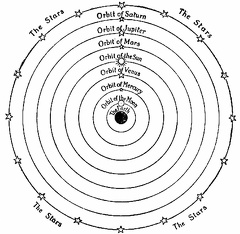 The Ptolemaic idea of the Universe
The Ptolemaic idea of the Universe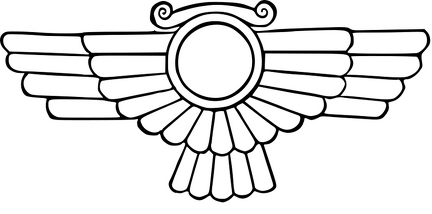 The 'Ring with Wings.' - Assyrian Form
The 'Ring with Wings.' - Assyrian Form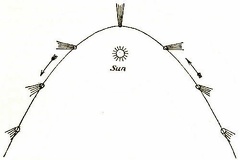 Showing how the Tail of a Comet is directed away from the Sun
Showing how the Tail of a Comet is directed away from the Sun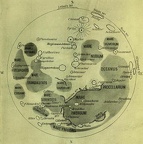 Map of the Moon
Map of the Moon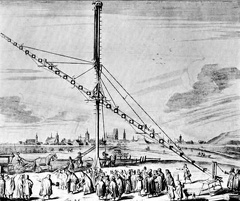 Great Telescope of Hevelius
Great Telescope of Hevelius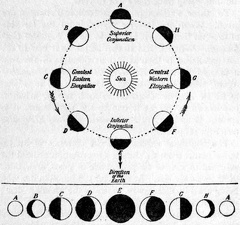 Orbit and Phases of an Inferior Planet
Orbit and Phases of an Inferior Planet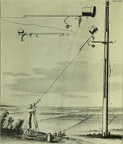 A Tubeless, or 'Aerial' Telescope
A Tubeless, or 'Aerial' Telescope The Great Yerkes Telescope
The Great Yerkes Telescope The comet of 1066, as represented in the Bayeux Tapestry
The comet of 1066, as represented in the Bayeux Tapestry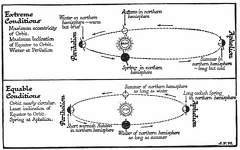 Astronomical Variations Affecting Climate
Astronomical Variations Affecting Climate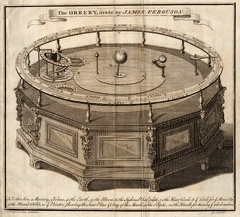 The Orrery, made by James Ferguson
The Orrery, made by James Ferguson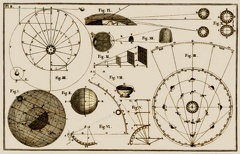 The Motions and Phases of Mercury and Venus explained
The Motions and Phases of Mercury and Venus explained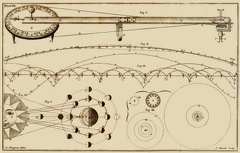 The Moon’s surface mountainous
The Moon’s surface mountainous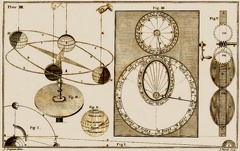 The Method of finding the Distances of the Sun, Moon, and Planets
The Method of finding the Distances of the Sun, Moon, and Planets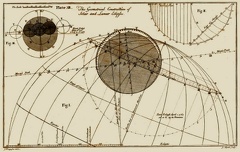 The Geometrical Construction of Solar and Lunar Eclipses
The Geometrical Construction of Solar and Lunar Eclipses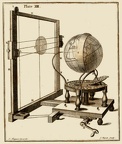 The Eclipsareon
The Eclipsareon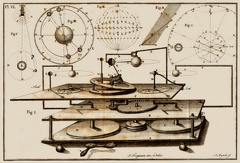 The Earth nearer the Sun in winter than in summer
The Earth nearer the Sun in winter than in summer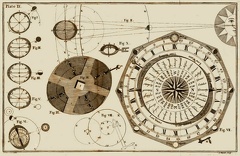 The cause of the tides discovered by Kepler
The cause of the tides discovered by Kepler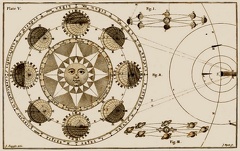 Seasons
Seasons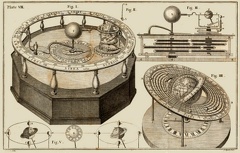 Moons Orbit
Moons Orbit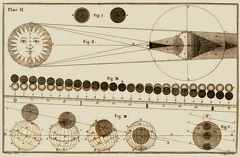 The superstitious notions of the antients with regard to Eclipses
The superstitious notions of the antients with regard to Eclipses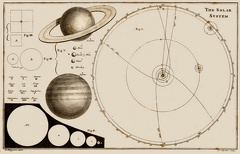 The Solar System
The Solar System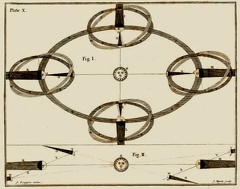 The primary Planets never eclipse one another
The primary Planets never eclipse one another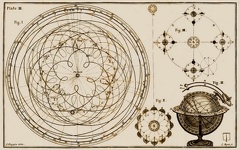 The Planetary motions very irregular as seen from the Earth
The Planetary motions very irregular as seen from the Earth



